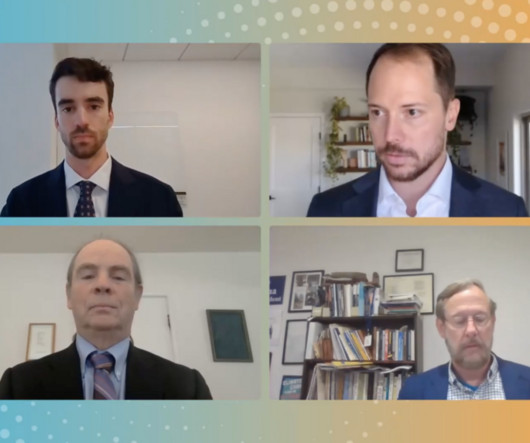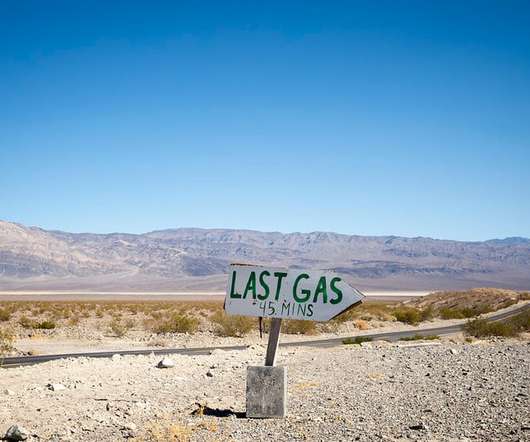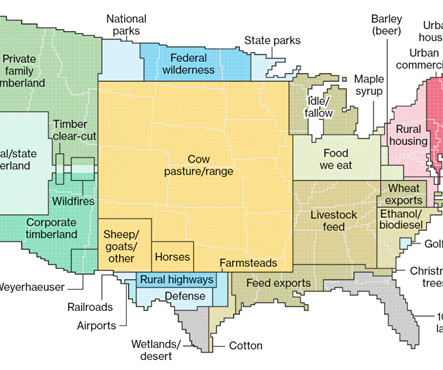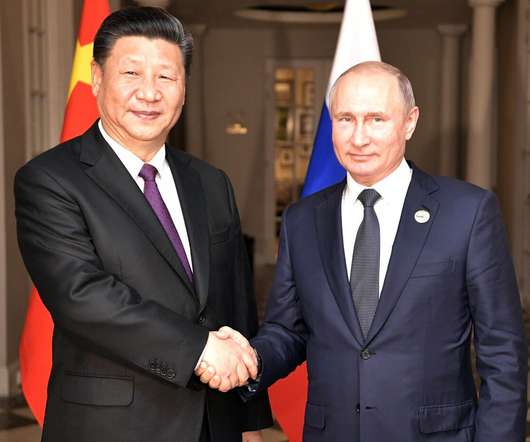National Clean Energy Week Recap
Cresforum
OCTOBER 25, 2023
imports peaked in 2007. These scenarios are: Low-volume, high fossil fuels Low-volume, carbon-neutral High-volume, carbon-neutral High-volume, fossil fuels Noting the fourth scenario is inconsistent with global net zero goals, the first three scenarios include a mixture of e-fuels (hydrogen, hydrocarbon, wind, etc.),













Let's personalize your content